
Life has existed on this beautiful spinning ball of lush water and green that we call earth for hundreds of millions of years, and maybe even longer.
Much before the first Neanderthals discovered fire and evolved to man, the planet was overflowing with massive reptiles and amphibians, monumental monsters, some as big as buildings, that roamed the world and swam in its oceans before the continents themselves had come to be.
These 10 prehistoric beings, from big to biggest, are truly magnificent examples of the incredible (not to mention larger-than) life that our planet once held.
10. Utahraptor (1 Ton)
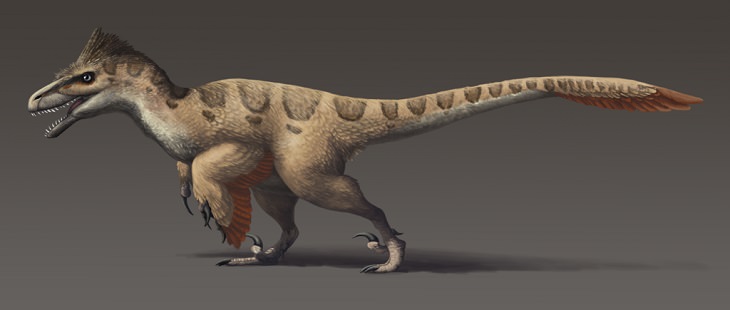
(By Emily Willoughby, Wikimedia Commons)
Jurassic Park gave some real attention to Velociraptors but skipped out on their far deadlier relative, the Utahraptor.
Velociraptors stood tall at 7 feet, and weighed about 180 pounds, making it the right size to stand next to Jeff Goldblum or Chris Pratt (as you prefer).
Utahraptors, on the other hand, weighed about 1 US Ton (2000 pounds) and could grow up to 18 feet tall. As you can guess, the first remains of this massive raptor were originally found in the area now marked as the state of Utah, along with a few other (much smaller) dinos.
The most frightening part of this beast, when you get past the gigantic stature and sharp teeth, are the 12-14 inch long feet, tipped with 9 inch long claws. Thank god for evolution, shrinking these beasts down to birds, which was determined by the feathers besides their arms.
9. Deinocheirus (7 Tons)
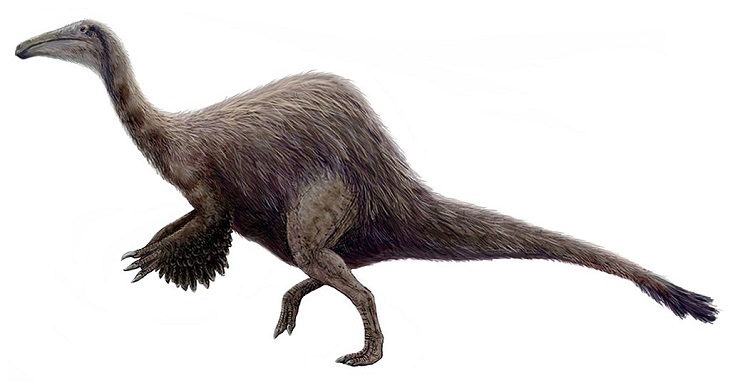
(By FunkMonk, Wikimedia Commons)
Moving up the size chart, it's hard to miss this massive bird-like creature. This dino is an ornithomimosaur, one of the species that would eventually evolve into present-day birds, and bore a very similar resemblance to them.
At 25-40 feet in length and weighing up to 7 tons, the Deinocheirus is the largest of the bird-mimicking clan of dinosaurs.
Their weight is actually a lot less than you would expect, given their size, but this can be clearly attributed to their hollow bones, a trait inherited by their bird-like brethren.
Their legs were short with dull claws, and massive forearms, measuring 3-4 feet in length. The shape of their vertebrae and tail also suggested this species had a fray of feathers attached, further contributing to the evolution of the lovely birds we have today. Of course, that era had its own incredible winged dinosaurs that were rulers of the sky.
8. Sarcosuchus (10 Tons)
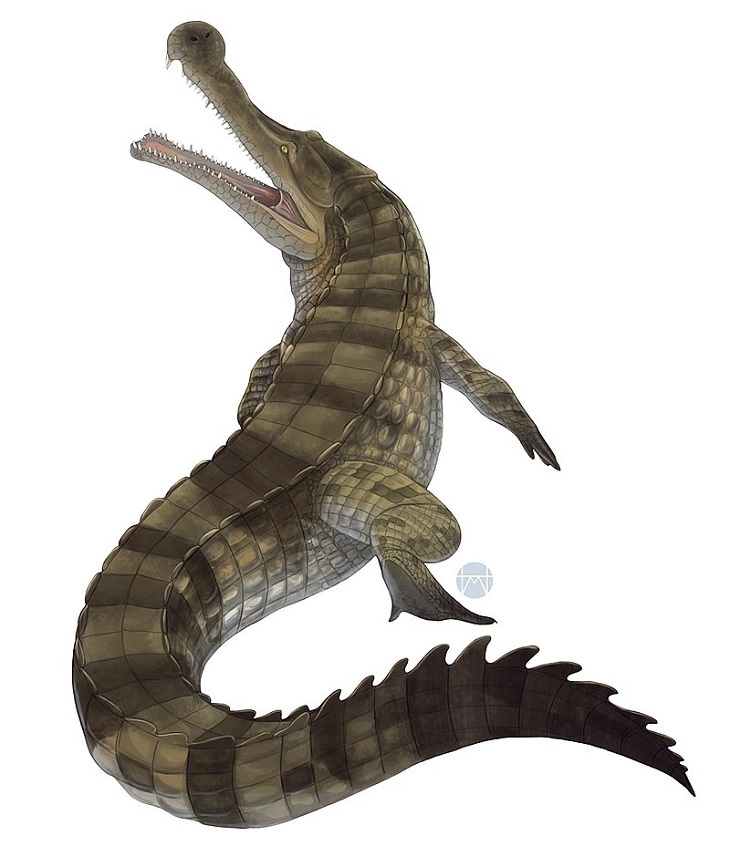
(By Rhunevild, Wikimedia Commons)
This enormous creature is another survivor of the Cretaceous period, but unlike the Spinosaurus, it is not a dinosaur. The Sarcosuchus is the largest crocodile to have ever roamed the earth.
It is also known as the SuperCroc, and unlike the crocodiles, we are familiar with, this semi-aquatic reptile continued to grow throughout its life span, reaching lengths of 40 to 50 feet. This crazy croc weighed between 15 and 20 tons.
7. Spinosaurus (9-12 Tons)
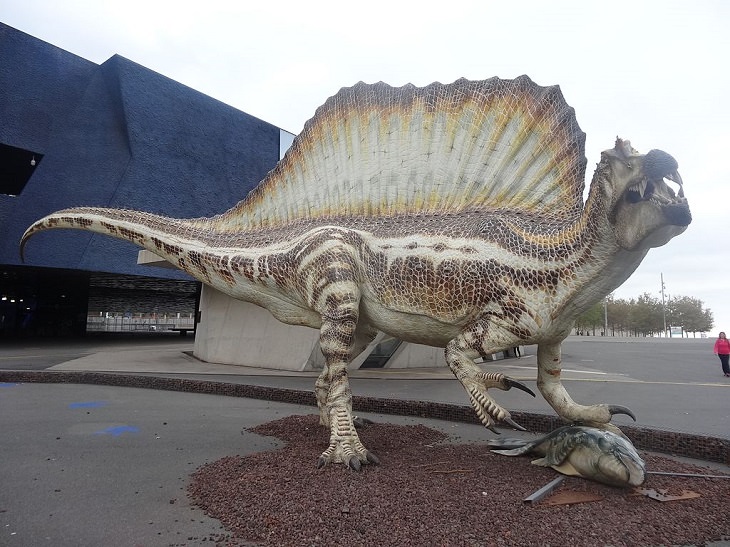
(By Jordiferrer, Wikimedia Commons)
This mammoth of a dinosaur has been dubbed the record-holding largest carnivorous dinosaur. It is also the first of it's kind to venture underwater and is the original swimming dinosaur. It was larger than the average T-Rex by 1 or 2 tons and, at 60 feet, was about 20 feet longer.
It got its name from its rather fascinating physical trait, the tall neural bones protruding from its spinal vertebrae, forming the "sail" of the animal.
This giant spikey-spined reptile existed on our planet about 100 million years ago, in what we have termed as the Cretaceous period. This was approximately the same era in which the Chilesaurus is believed to have existed, an incredible paleontological discovery.
6. Mosasaurus (15 Tons)

(By Jonagold2000, Wikimedia Commons)
This colossal creature has been declared the largest and deadliest marine reptile to have roamed the Earth and was predominantly seen roaming (mostly swimming) in the last 20 million years of the Cretaceous era.
These reptilian beasts would grow up to 30-50 feet in length and weights over 15 tonnes.
They had a snake-like figure (or anaconda-like, rather), short limbs and longer digits, fingers, and toes, to make them more like paddles and enable them to swim better.
5. Shantungosaurus (18 Tons)
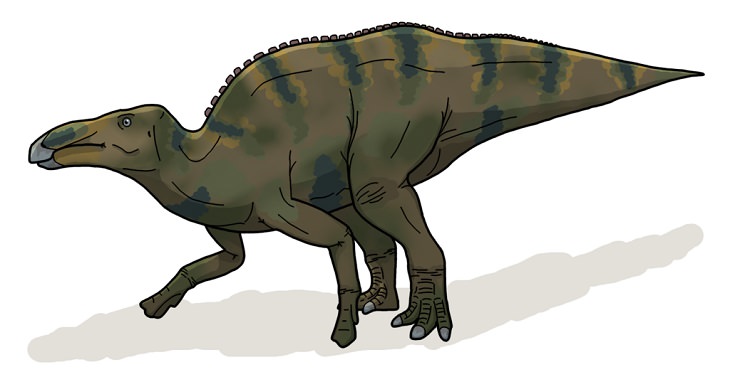
(By IJReid, Wikimedia Commons)
This humongous hadrosaurid dinosaur is another member of the late Cretaceous period. Hadrosaurids, also known as saurolophines, are duck-billed dinosaurs, and were not usually so large in size, making the Shantungosaurus unique.
From the tip of the beak to the tip of the tail, this dynamic dino measured about 50 feet and weighs around 17-18 tons. Its beak was largely toothless, much like other herbivores under the genus. However, its jaws were filled with over 1500 miniscule teeth for chewing.
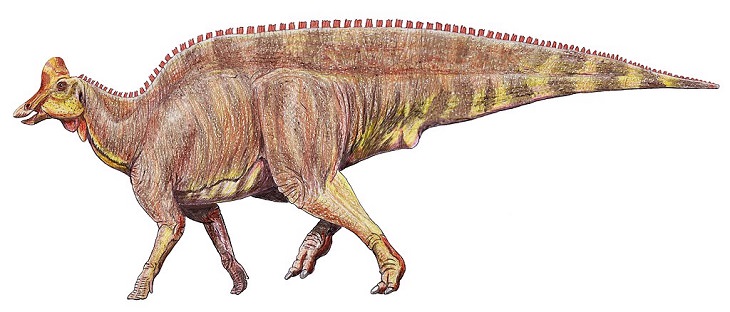
(By Dmitry Bogdanov, Wikimedia Commons)
The Shantungosaurus does share its unique largeness with one other hadrosaurid, the Magnapaulia.
These prehistoric reptiles are believed to have inhabited the area that is now the Free and Sovereign State of Baja California, located in Northwestern Mexico.
Their size could extend up to 55 feet in length and they often weighed upwards of 25 tons. Dinos don't get bigger than this! Do they?
3. Shonisaurus (30-50 Tons)
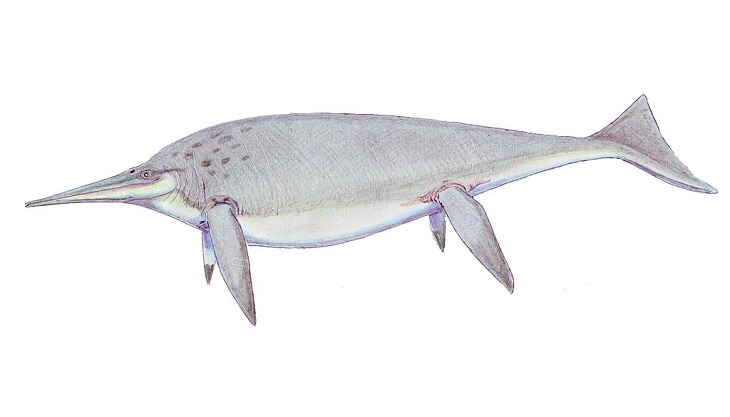
(By Dmitry Bogdanov, Wikimedia Commons)
This big beauty is a marine reptile (and not quite a dinosaur, though closely related) discovered in 1920 in the various mountain and hilly regions of Nevada. It was largely prevalent about 200 million years ago in the late Triassic period, toward the end of the Carnian age.
Despite fossils of this beast being discovered across Nevada, it is believed to have been found in oceans all across the world, as a reptile that adapted to survive underwater.
These 50-foot mammoth marine monsters sustained on a steady diet of squid and fish and weighed over 30 tons.
Desert-like locations are chockfull of prehistoric discoveries to be made, the Sahara Desert, in particular, being a treasure trove of paleontological wonders.
2. Shastasaurus (75 Tons)
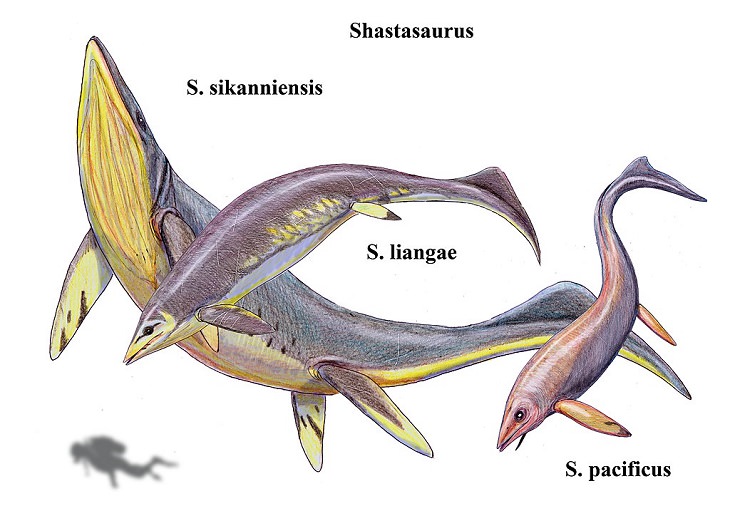
(By DiBgd, Wikimedia Commons)
Here's another extinct species that, like the Shonisaurus belongs to the genus Ichthyosaur. However, unlike its smaller counterpart, it is believed to have existed in the mid to late Triassic era and only found in the oceans surrounding the United States, China, and Canada.
This whale-like reptile could grow between 70 to 80 feet over their lifespan, with nearly 25 feet from flipper to flipper. It is believed to have weighed upwards of 75 tons.
It is one of the rare few ichthyosaurs that has, over time, developed dorsal fins.
1. Argentinosaurus (100 Tons)
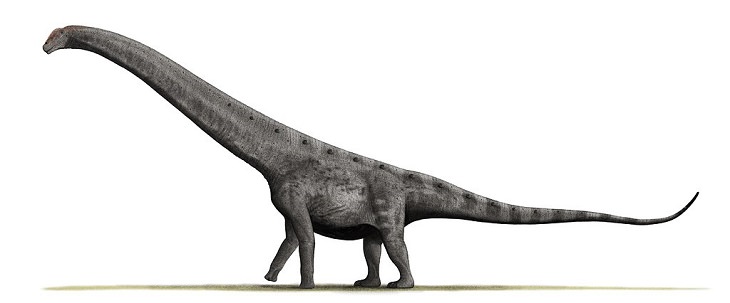
(By Nobu Tamura, Wikimedia Commons)
This is my favorite and the largest prehistoric species. This veritable gentle giant is also the largest herbivore to have ever existed.
An adult Argentinosaurus, which took about 40 years to attain maturity, stretched to a total length of 100-150 feet and weighed a whopping 100 tons. This species was most prevalently found in the late Cretaceous period and was classified as a Titanosaur due to its massive size.
Its long 25-foot neck was a gift from evolution, an adaptation to help this large vegetarian lizard get the food it needs from the tallest of trees.